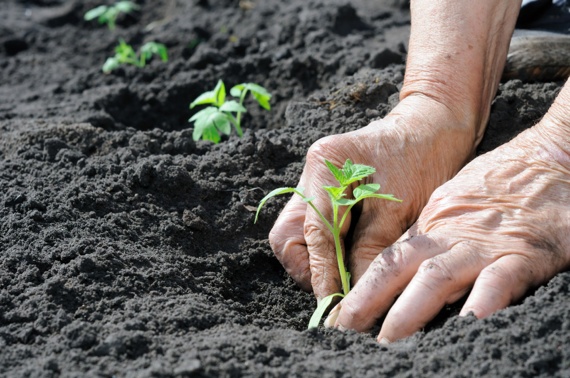You should be open to new experiences and trying new things. You just won’t know if something is good until you’ve tried it, whether it’s food, music, or adventure. Our tastes and preferences are too varied for one-size-suits-all reactions.
Then there are things that are so obviously wrong, dangerous, or indicative of poor judgment that you know how it’s going to turn out without personally verifying it.
And then there’s a grey area in-between. You might have a lot of fun, learn something interesting, or have an amazing adventure. Or maybe it will ruin your life. You just won’t know until you’ve made a choice, lived with it for a while, and reflected to see how it’s working for you. By then it may be too late to change your mind. So you take forever to make up your mind, paralyzed by the analysis, wanting to get it right, but not knowing what to do.
There is a way to gain valuable insight into how a decision will turn out. It can save you a lot of time, energy, and even heartbreak.
Look at the lives of those who have made similar choices and see where they’ve ended up.
This is the principle of seeds and fruits. A seed is the choice you make, and the fruit is what comes of it. When you plant an apple seed, it’s going to grow into an apple tree. If you want to grow an apple tree, you have to plant an apple seed.
You can’t shortcut the growing season. It will take days, weeks, or even months for some sprouts appear. But by studying the crop harvested by someone else who planted the same seeds much earlier, you have an opportunity to see through time and get a glimpse of how your crop would turn out.
- Identify the question. Make it as simple as possible. Instead of asking “what’s important to me?”, ask which of two priorities (job or spouse) is more important.
- Find someone who has made similar decisions. Examples are all around you—family, friends, neighbors, coworkers, people at church, society. Read biographies and case studies. Interview someone—people are happy to talk about themselves if you buy them lunch.
- See where they’ve ended up. You’ll end up someplace very similar. It’s a way of looking through time and seeing where you’ll be after travelling the same road.
Be careful not to fall into the it-can’t-happen-to-me trap. Individual circumstances will always vary, and you may make some peripheral decisions differently. Many of those who have travelled the road before you thought the same thing. Over time, the small variations in the route make less of a difference, and you still end up in the same place.
Some choices provide us with immediate feedback. The stove is hot. The cop saw that. That feels good. These choices are easier to learn from because the feedback is immediate. A burn. A ticket. Endorphins!
Other choices take much longer to measure, sometimes years. The results are just as real and even more important to consider. When the feedback is delayed, it’s harder to make the connection between the seeds you planted and the fruits you’re harvesting.
Delayed feedback can also make it harder to stick with it a decision. How many times have you started a diet, only to give up after a few days because you weren’t seeing any progress on the scale? Look at the success others have had after following through. That could be you.
The more you are aware of what seeds others have planted in their fields, the more likely you are to plant the seeds that will lead to the success you want. You’ll be able to identify the weeds and pull them up. You can save a lot of time and energy by learning from others cultivating the best crops.
Question: What decision do you wish would be easier to see the results of? Share in the comments below! Share your thoughts in the comments, on Twitter, LinkedIn, or Facebook.

